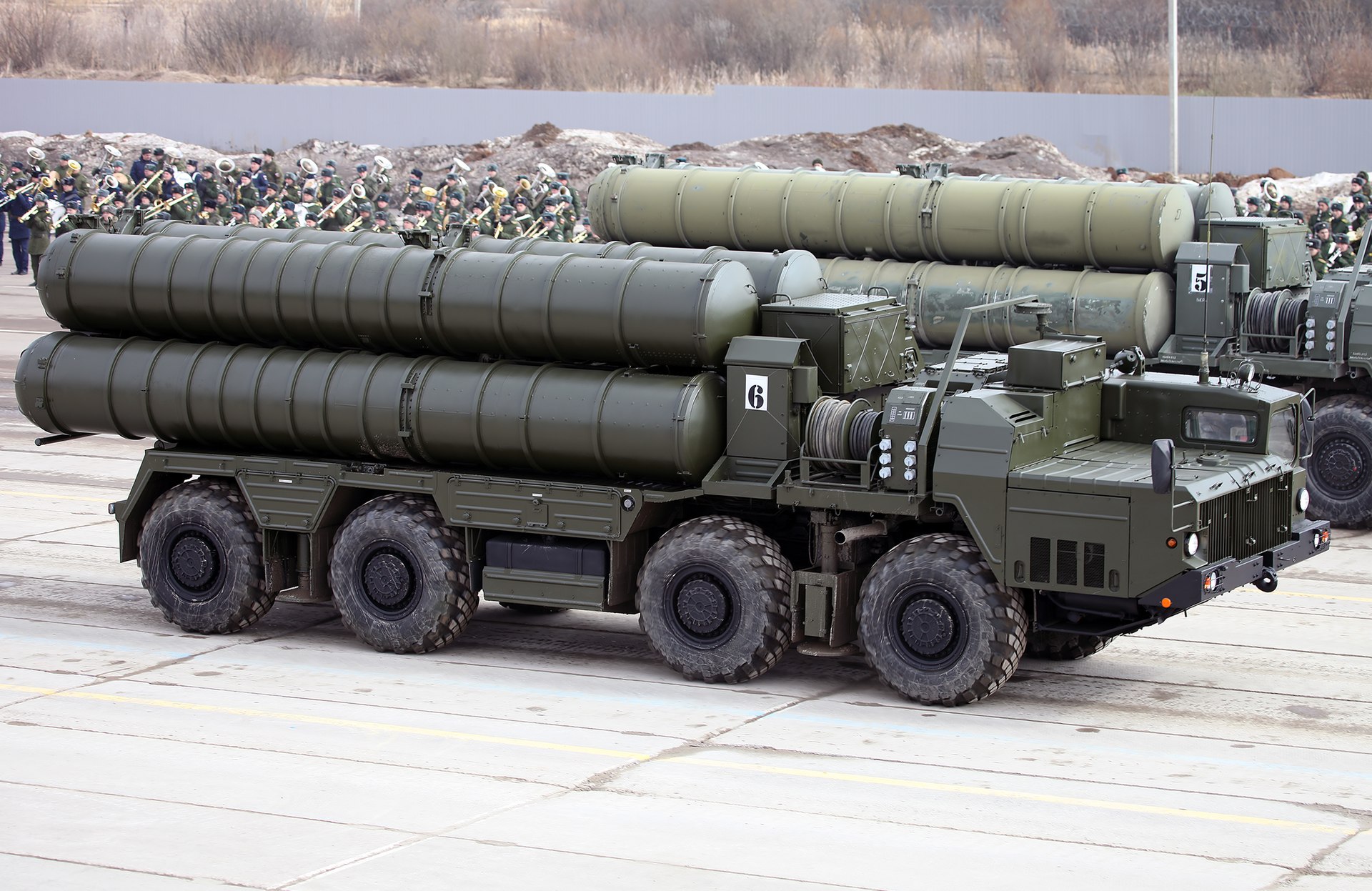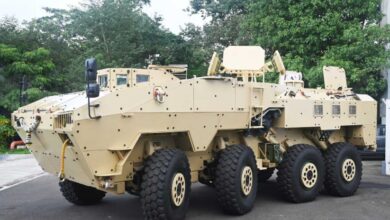Payment Crisis Casts Shadows On India-Russia Defense Deals

- India signed a deal for five S-400 units in October 2018 for $5.43 billion, or 40,291 crore based on the exchange rate of 74.2 to the Dollar at the time.
- According to the updated Budget Estimates for 2022–2023, the IAF had returned close to 2,370 crore, which was part of a promise that could not be kept.
Major defense deals with Russia, especially the S-400 deal, have already been delayed because of the war in Ukraine. However, the new schedule for these deals is still unclear because efforts to solve the payment problem haven’t worked yet. Two official sources said that around $3 billion in payments are being held up and that the central banks are trying to fix this.
Multiple sources have stated that three of the five S-400 regiments ordered in 2018 as part of a $5.43 billion deal have been delivered. However, the other two regiments are behind schedule, and the new schedule is not clear. The two sides have been trying to settle payments with a Rupee-Rouble deal, but it hasn’t been able to solve the problem because of the big trade gap and the fact that Russia has a lot of Rupees. One of them said that the new delivery schedule can be worked out once the payment plan is clear.
Alexey Rakhmanov, Director-General of United Shipbuilding Corporation of Russia, said last week that the Indian Navy’s two Krivak or Talwar-class stealth frigates, which are being built in Russia, will not be ready until May and October 2024. This is according to a report from The Hindu last week. Recognizing that payment has been a problem, he said that the delivery schedule for two other frigates being built at Goa Shipyard Limited (GSL) under the same deal will be set by the payment schedule. The first ship was supposed to come from GSL in 2026, and the second one was supposed to come six months later.
After February 2022, Russia will no longer be able to use the global SWIFT system to send and receive money. As a result, India and Russia decided to use the Rupee-Rouble system to settle payments. Even though small payments have started up again, bigger payments are still stuck, and there are still a number of big-ticket deals in the works.
Some deliveries have been made even though payments have been held up, and one of the people above said that there needs to be a way out before any more deliveries can be made. Also, companies and traders are too worried about sanctions, which is stopping trade from growing, the sources said, adding that the Reserve Bank of India needs to clear up the worries so that trade between the two countries can grow. Officials agreed that there needs to be a multi-pronged plan to solve this problem, because no single step would be enough.
In February, the Russian ambassador to India, Denis Alipov, said that the Rupee-Rouble trade mechanism has been set up and that it is now up to the banks to use it. He said that many Indian banks are being “over cautious” because they are afraid of secondary sanctions from the U.S.
In a related move, one of Russia’s biggest banks, VTB, started opening accounts in Rupees in early August. Anatoly Penchatnikov, vice chairman of the board of VTB, said that the bank has added Rupees to the list of currencies available to retail customers, so they can now open an account and make exchanges in Rupees.
Officials also shot down rumors that Yuan could be used. They pointed out that even when a public company bought oil recently, the Chinese currency was only used for one transaction.
S-400 deal
India signed a deal for five S-400 units in October 2018 for $5.43 billion, or 40,291 crore based on the exchange rate of 74.2 to the Dollar at the time. Even then, it took longer to go into effect because both sides wanted to avoid making payments in dollars because of the possibility of U.S. sanctions under CAATSA (Countering America’s Adversaries Through Sanctions Act). The fight in Ukraine has made things even worse. As was already reported, the “milestone payments,” which are payments made periodically against goods, have been delayed.
In a written answer to the Parliament in July 2019, the government said that S-400 deliveries are “likely to be made by April 2023.” At the start of this year, officials said that deliveries should be done by the end of the year or early in 2024, and that they would not be pushed back any further.
According to a report from the Parliamentary Standing Committee on Defence that was released in March of this year, the Indian Air Force (IAF) told the committee that there is a “major project” where “deliveries have been stopped because of the war going on.” “We had a big release planned for this year, but it won’t happen. They told us in writing that they can’t give it to us. “That’s why the majority of the projections have been cut,” an IAF official told the committee as he explained why this year’s Budget Estimates are so much lower than last year’s. Sources from the government revealed that the IAF was talking about the S-400 deal.
According to the updated Budget Estimates for 2022–2023, the IAF had returned close to 2,370 crore, which was part of a promise that could not be kept.
For example, from 2018 to 2021, the defense trade between India and Russia was worth about $15 billion. During that time, a number of big deals were made, including ones for the S-400, stealth frigates, AK-203 assault rifles, and emergency purchases after the air strike on Balakot in 2019 and the standoff with China in Eastern Ladakh in 2020.







Facebook Comments